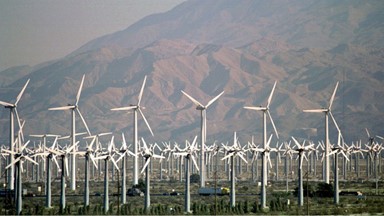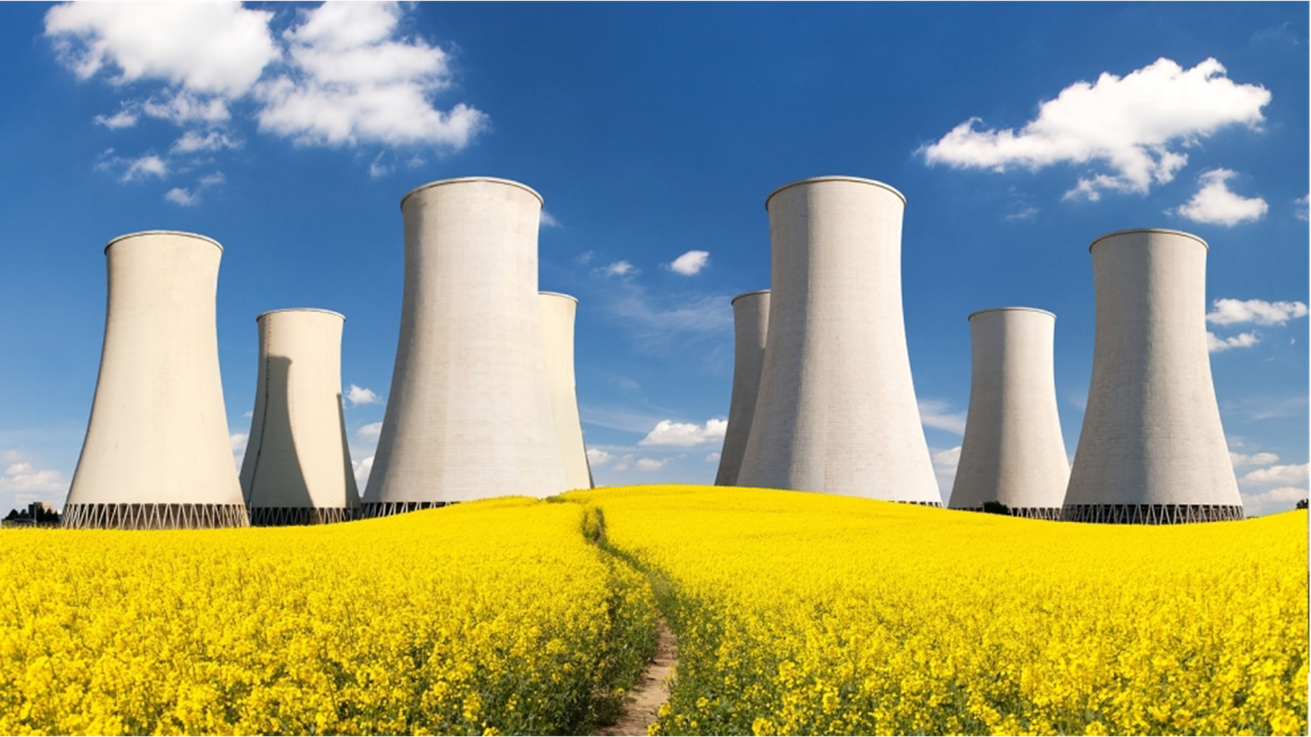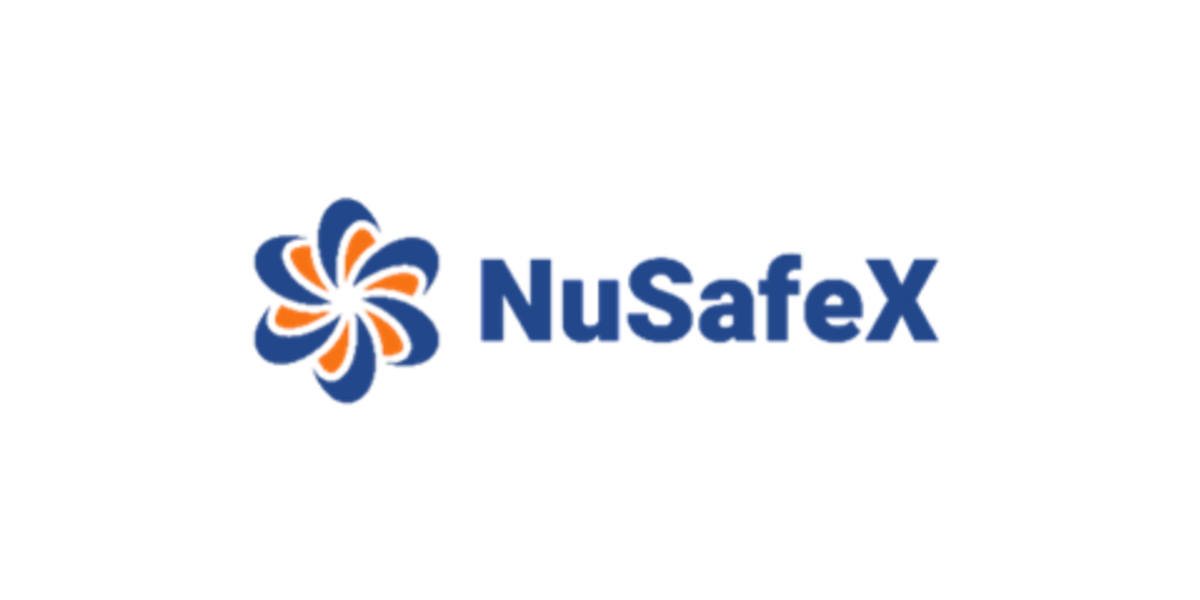Business issue
Many industries and governmental entities rely on documentation to strengthen and guarantee the reliability, efficiency, security and safety of their processes and activities. This includes industries, financial and legal activities.
Unfortunately, such documentation is generally:
- Consisting of a very large number of documents.
- More and more in digital from, but still often existing only in paper form:
- As a consequence of the belief that paper is more secure than digital,
- Because some industries are not yet digitized (or just recently),
- Due to an historical track of paper documents for ancient industries.

Documentation is written as unstructured text in natural language, but contain rigorous and structured essential information, including numerical and physical quantities.
This information is present within text, within tables, or within figures, schematics and charts. The challenges are to:
- Extract highly structured data from unstructured documentation, in a form allowing further rigorous analysis, comparisons, and searches.
- Process huge amounts of documentation, much more accurately and faster than humans can do.
- Help the processing of paper documentation, though scanning and OCR capabilities, including handwritten text.
The Nuclear Industry
The biggest challenge for the nuclear industry is to restore public confidence, which has become distrustful of the sector in the wake of a certain number of famous accidents: Three Mile Island, Chernobyl, and Fukushima for example. Note that most of incidents and accidents occur principally as a result of human errors.
Unfortunately, such documentation is generally:
Despite the negative perception of a certain part of the public, nuclear energy is the safest energy production technology (in relation to the amount of energy produced) and one of the lowest emitters of greenhouse gases. But today, a lot of effort is being put into renewable energies: mainly wind, photovoltaic and hydro.

Unfortunately, these energies are largely less concentrated and require large territories to achieve performances similar to those of fossil fuels (coal, oil and gas) and nuclear. In addition, wind and photovoltaic energy require the extraction of large quantities of specific materials, including rare earths (for the magnets in wind turbines and the electronic properties of solar cells): as a result, they are not as sustainable and 'green' as is usually claimed. Instead of mining uranium (or thorium), large areas will increasingly be devoted to the extraction of rare earths and special metals. This is already a growing problem in countries like China. These new energies also produce a large amount of waste, containing toxic materials and heavy metals, which are not yet properly recycled: this is in fact a loss of raw material and a major source of pollution.
In this context, nuclear energy is probably the one that requires the least special materials and rare earths, and is much more efficient in producing energy. For more information on these important considerations, please refer to the documentary film of the French channel Arte: La face cachée des énergies vertes
The nuclear industry consists of different areas, with among others:
- Energy production, today with large reactors, and maybe soon with the Small Modular Reactors (SMR) under development, and spent fuel reprocessing centers.
- Research reactors used in various institutes, often used also for the production of radioisotopes for medical and industrial usages.
- Transportation of radioactive materials, e.g., nuclear fuel, nuclear waste, and medical/industrial radioisotopes.
- Manufacturing of equipment by a large number of subcontractor small and medium enterprises (SME), and their transportation.
The largest concerns about these sectors are safety (with respect to incidents/accidents), security (with respect to attacks and terrorism), the production of radioactive waste and nuclear weapon proliferation (through uranium enrichment and plutonium production).

Nuclear Industry Documentation
Safety and security in this industry are implemented through return-in-experience, inspections, and regulation. The nuclear industry is underpinned by its documentation to ensure all this! Authoring, verifying and modifying such documentation are critical to enable the safe operation of nuclear power plants. However, simply because the established processes in document production and reviewing have been the same for the last 40+ years, it does not mean they're flawless.
Moreover, existing approval processes from Nuclear Safety Authorities can be extremely lengthy and costly – safety documents can take more than a year to be approved. Therefore, identifying and decoding links between systems or system boundaries from our existing documents requires a lot of effort, even if you are an expert.

